Chinese and Foreign Visitors Walked 12.13km in Search for the Burial Site for the Nanjing Massacre Victims
On the morning of April 2, the “Mourn the Deceased and Pray for Peace— 2023 Tomb-Sweeping Memorial Walking Activity in Search for the Burial Site for the Nanjing Massacre Victims” kicked off in Nanjing. More than 200 people from all walks of life in China and beyond participated. They presented a flower in front of the memorial to mourn the victims and pray for peace. In addition, they took part in a reading session and shared their feelings with each other.
Nanjing is home to 17 burial sites for victims of the Nanjing Massacre. During the activity, the participants visited the Zhongshan Wharf Memorial, Caoxiexia Memorial and Yanziji Memorial, respectively, all along the Yangtze riverbank. The 12.13-km journey marked the day when the Nanjing Massacre took place, i.e. December 13, 1937. At 8:30 am, the kickoff ceremony for the walking activity was held along the waterfront of the Zhongshan Wharf, where over 10,000 young Chinese victims who took shelter in the international safety zone were cruelly killed by Japanese troops during the Nanjing Massacre.
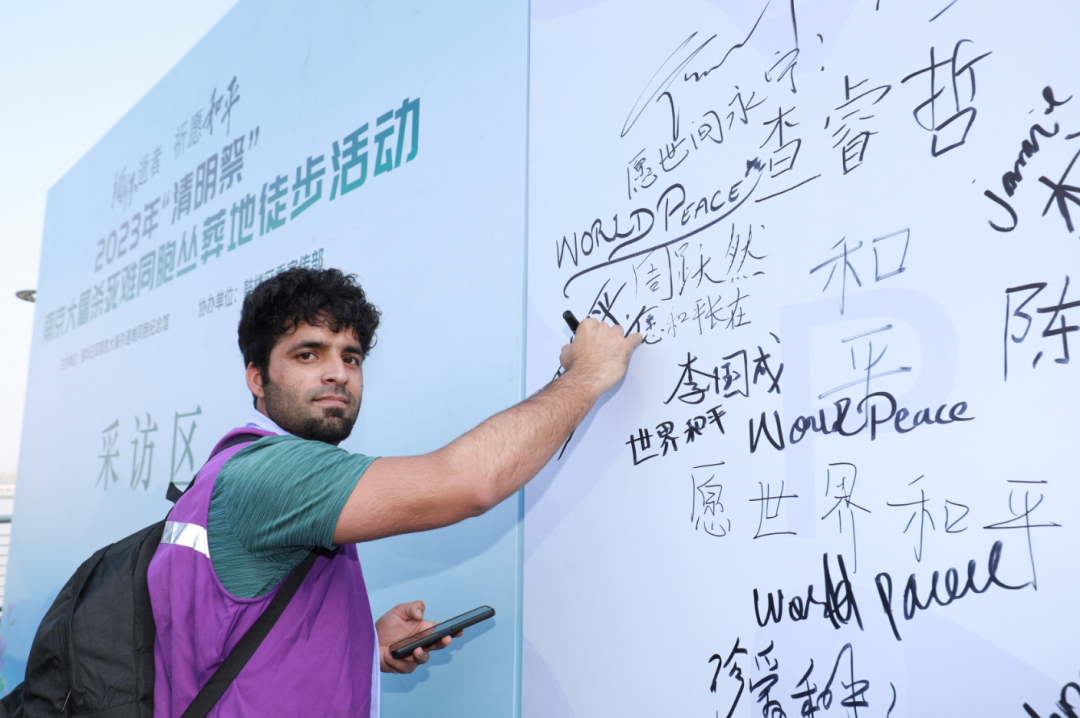
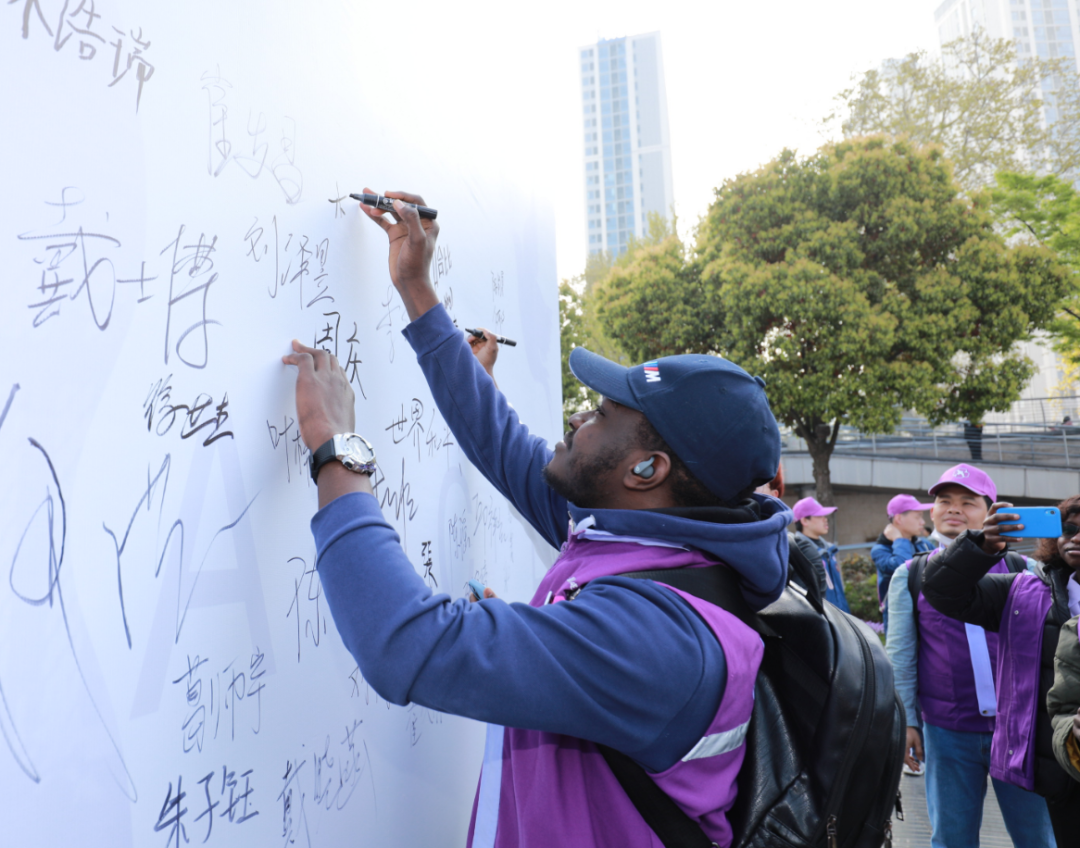
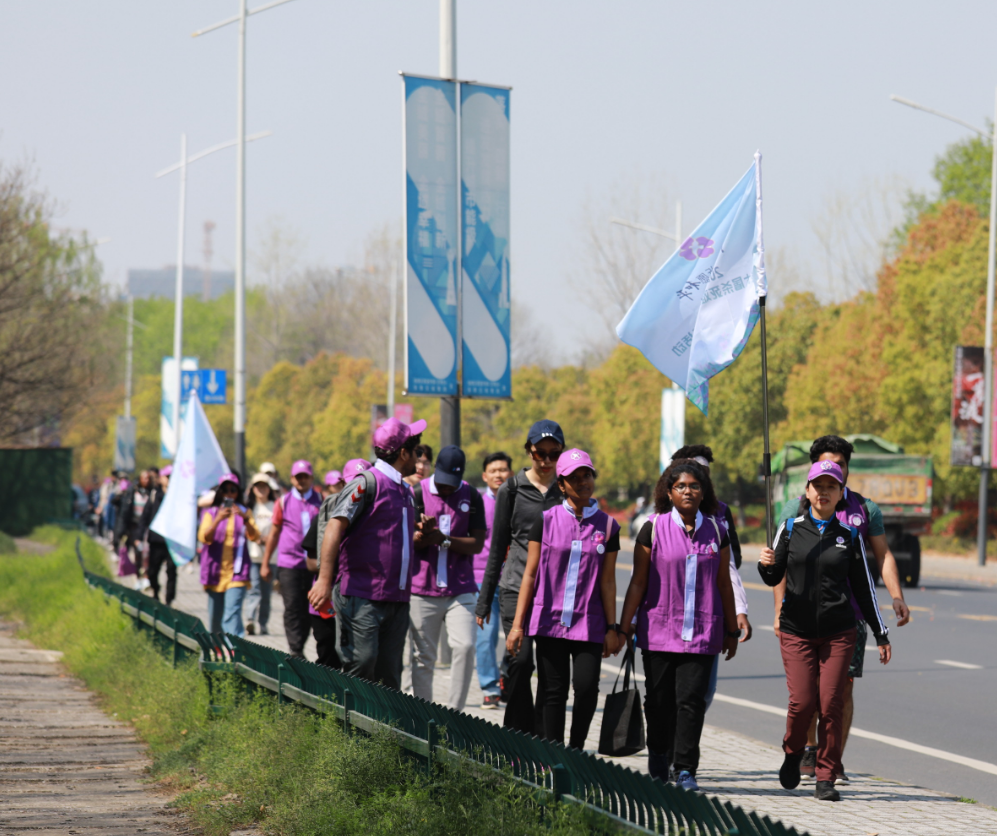
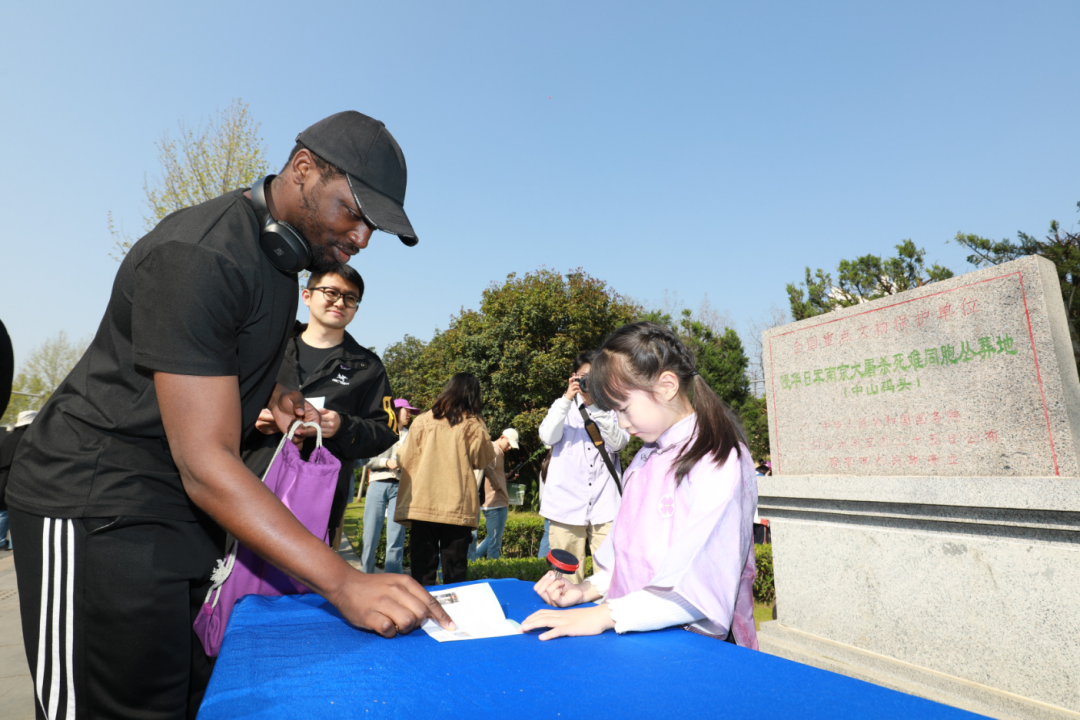
On the Mufu Mountain, steep cliffs and precipices soar straight into the sky. At the foot of the mountain, bluish green cypress trees surround the little square. A tall memorial stands in the center of the square. That is the Caoxiexia Memorial for Victims of the Nanjing Massacre, built on the site where more than 57,000 Chinese people were killed. At 10 am, the participants arrived and walked around the memorial one by one, presenting the white chrysanthemum in their hand respectfully in memory of the victims.
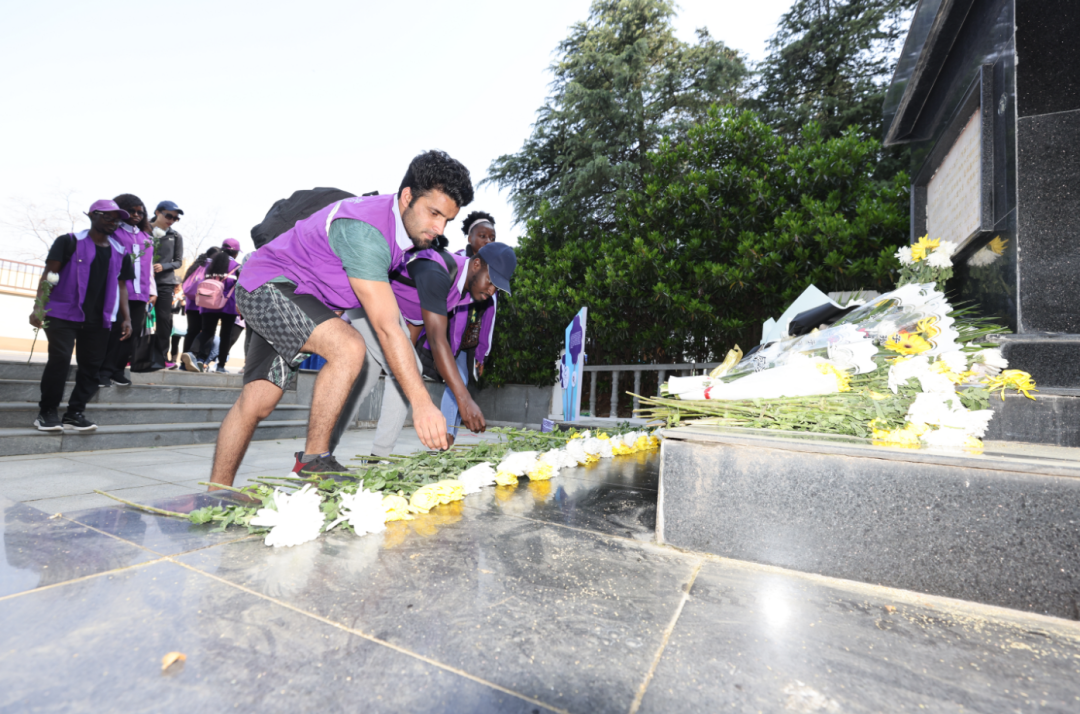
Later, Shang Yuanyuan, a teacher from Nanjing Foreign Language School hosted a reading party along the Yangtze River. Shang related the story of Iris Chang to the students and volunteers in both Chinese and English. “After coming to Nanjing, Chang visited places like Zhongshan Wharf, Caoxiexia and Yanziji to dig out the truth behind the history. She believed ‘the power of one’, brave to face up to historical truth and pursue justice and peace. I hope that we can all believe in ‘the power one’ and become a fighter with a clear conscience about history, just like Chang.”
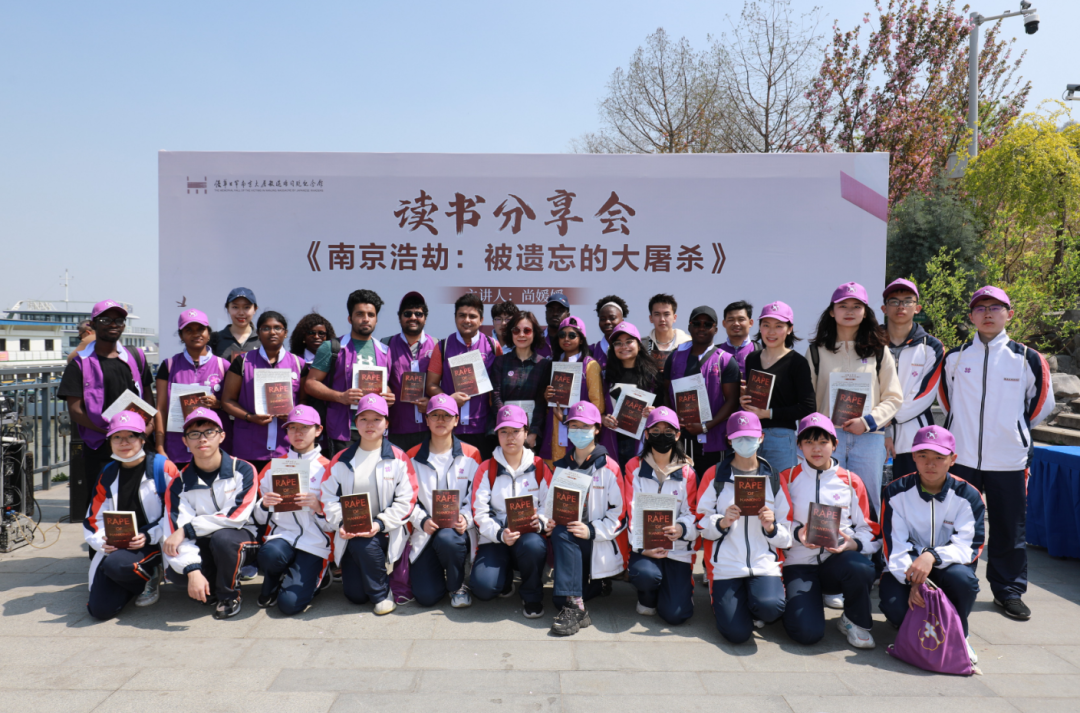
The team arrived at the third stop, the Yanziji Memorial, at 11:30 am. Yanziji Memorial is among the main sites where Japanese troops committee a slaughter during the Nanjing Massacre. They killed more than 50,000 refugees and disarmed Chinese soldiers unable to cross the river. The participants bowed their head and observed a moment of silence in front of the memorial.
Ruan Hongyan was among them. She is the daughter of Ruan Dingdong, a survivor of the Nanjing Massacre. She is also one of the first batch of “inheritors of the historical memory of the Nanjing Massacre”. Standing in front of the memorial, she told the others about her family’s miserable experiences at the Yanziji riverbank. 86 years ago, her father survived by luck at the riverbank. At that time, Ruan Dingdong’s grandfather was stabbed by the Japanese troops and suffered a serious injury. But he held Ruan Dingdong, who was still a baby, tightly, enduring the great pain, and managed to climb into a small boat. However, he didn’t make it and fell along the riverside after crossing the Yangtze River.
Over the past 86 years, great changes have taken place. Today, with the ashes of wars long gone, the Yangtze riverbank has taken on a new look and is brimming with great vitality. Places from Zhongshan Wharf and Caoxiecia to Yanziji have developed into popular tourist destinations along the waterfront. During the walking activity, the participants were motivated and inspired while enjoying the beauty of the Yangtze River and feeling the modern vibes of the city.

